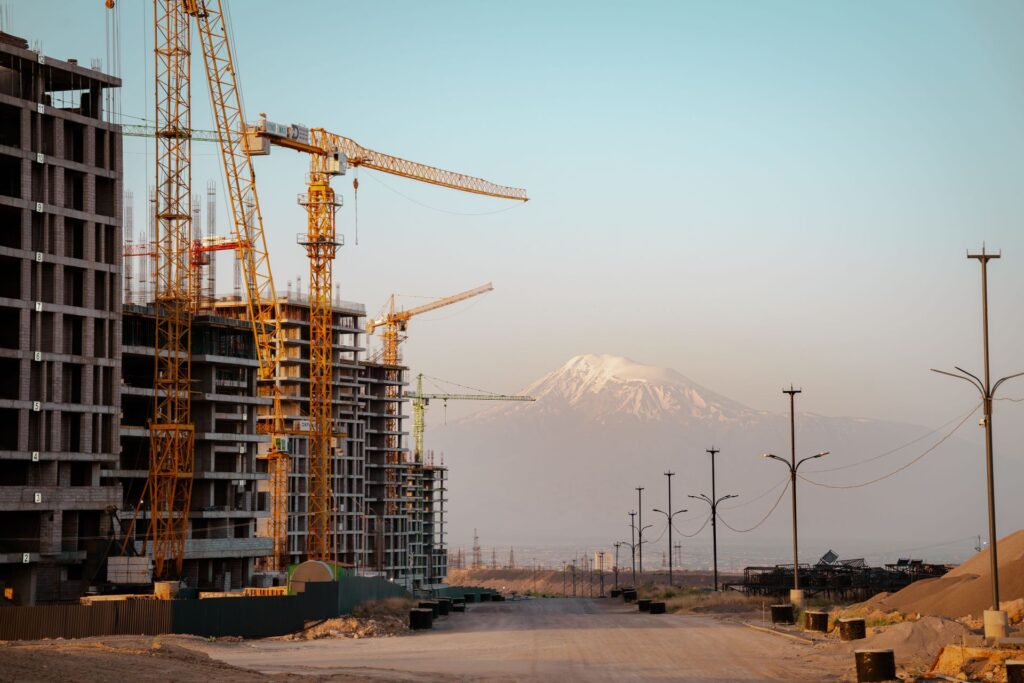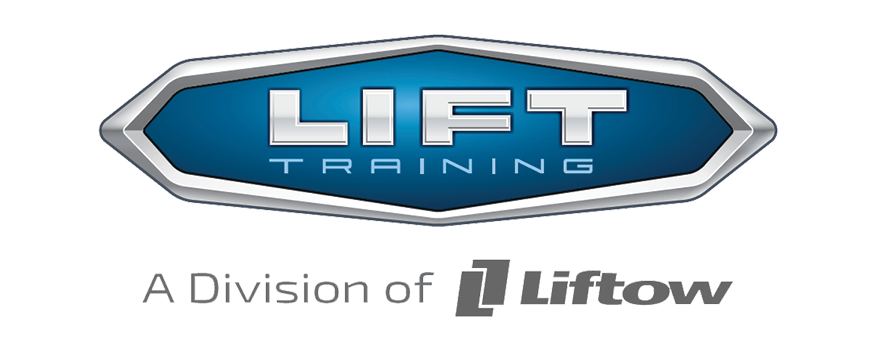
Pedestal mounted cranes are important tools in many industrial operations. These cranes are fixed onto a pedestal, giving them the stability and reach needed to handle heavy loads. They are often found in shipyards, docks, and construction sites, where lifting and moving large objects are routine tasks. Their unique design and operation require a specific set of safety practices to ensure they function correctly and safely.
The safe operation of pedestal mounted cranes starts with a deep understanding of how they work. Knowing the crane’s capabilities and limitations is crucial for preventing accidents. Operators must be familiar with the controls and the environment in which they are working. This knowledge helps in making informed decisions during operation, leading to smoother and safer lifts.
A major part of crane safety also involves proper training and regular maintenance. Employees should be well-trained in operating the crane and aware of the potential hazards. Regular inspections and maintenance of the crane ensure that it remains in good working condition and can perform its tasks without a hitch. Following these guidelines is key to maintaining a safe and efficient work site.
Understanding Pedestal Mounted Cranes
Pedestal mounted cranes are fixed to a solid base, which provides the stability required for heavy lifting operations. They are commonly used in areas like shipyards, docks, and offshore platforms where mobility is less important than strength and reach. Their structure allows them to handle heavier loads compared to mobile cranes, making them ideal for projects that require lifting large, bulky items.
These cranes operate through a range of mechanical and hydraulic systems. The pedestal gives the crane added height, allowing the boom to reach further distances. The boom itself can either be fixed or telescopic, depending on the specific needs of the job. Operators use a set of controls to manoeuvre the crane, which often includes rotating the boom, extending or retracting it, and adjusting the load.
Understanding the specific capabilities and limits of a pedestal mounted crane is essential for safe operation. Being aware of the crane’s load capacity helps prevent overloading, which can lead to accidents. A well-informed operator can make better decisions, ensuring both efficiency and safety during crane operations. Learning how pedestal mounted cranes work is the first step in creating a safe work environment.
Key Safety Practices for Pedestal Mounted Cranes
1. Conduct Pre-Operation Inspections: Always perform a thorough inspection of the crane before starting work. Check for any visible damage or wear and tear on key components like cables, hooks, and hydraulic systems.
2. Verify Load Limits: Make sure you know the crane’s maximum load capacity. Never lift more than this limit, as overloading can cause the crane to tip over or the boom to fail.
3. Secure the Load Properly: Ensure that the load is well-balanced and securely attached. An unbalanced or poorly secured load can shift during lifting, leading to accidents.
4. Extend Outriggers Fully: Use the outriggers to stabilize the crane. Make sure they are fully extended and placed on solid ground to provide maximum stability.
5. Use Proper Lifting Techniques: Lift and lower loads smoothly. Avoid sudden movements that could cause the load to swing. Carefully plan your lifts to avoid obstacles.
6. Maintain Clear Communication: Effective communication between the operator and ground personnel is crucial. Use hand signals or radios to coordinate movements and ensure everyone knows what to expect.
7. Wear Safety Gear: Always wear appropriate protective gear, including hard hats, gloves, and high-visibility vests. This gear helps protect workers in case of an accident.
8. Follow Manufacturer’s Guidelines: Make sure to follow the manufacturer’s guidelines for operating the crane. These guidelines are designed to ensure safety and efficiency.
9. Ensure Proper Lighting: Make sure the work area is well-lit, especially during night operations. Good visibility helps the operator and the ground crew avoid mistakes.
10. Emergency Procedures: Be familiar with emergency stop procedures and use them if there are any signs of malfunction during operation. Knowing what to do in an emergency can prevent accidents from escalating.
Following these key safety practices ensures that pedestal mounted crane operations go smoothly and safely. Prioritizing safety not only protects employees but also increases the overall efficiency of the work site.
Operator Training and Certification
Proper training and certification are critical for anyone operating pedestal mounted cranes. Operators must understand the machinery, the hazards, and emergency procedures to ensure safe and efficient use. Training provides the knowledge and skills to handle the crane correctly, reducing the risk of accidents and increasing productivity.
Training programs cover various essential topics, including understanding the crane’s controls, load limits, and operating procedures. Operators learn to identify potential hazards and how to mitigate them. They also receive instruction on proper communication techniques, ensuring smooth coordination with ground personnel.
Certification ensures that operators meet industry standards and are qualified to operate the machinery. Certifications typically require passing both a written test and a practical exam. These assessments confirm that the operator has the theoretical knowledge and practical skills needed to handle the crane safely. Regular refresher courses help keep skills up-to-date and reinforce safety practices, making continuous training a vital part of maintaining a safe work environment.
Regular Maintenance and Inspections
Regular maintenance and inspections are crucial for the safe operation of pedestal mounted cranes. Daily inspections help identify wear and tear, leaks, and other issues that might not be obvious at first glance. Checking cables, hooks, hydraulic systems, and other critical parts ensures that the crane remains in good working condition.
Scheduled maintenance involves more comprehensive checks and replacements. Following the manufacturer’s maintenance schedule helps prevent unexpected breakdowns and extends the lifespan of the crane. This can include checking fluid levels, inspecting structural components, and testing control systems. Addressing minor issues during routine maintenance prevents them from becoming costly, disruptive problems.
Annual inspections should be carried out by certified professionals. These thorough checks ensure that every part of the crane meets safety standards and regulations. Professional inspectors can identify hidden issues and recommend necessary repairs or adjustments. Keeping detailed records of all inspections and maintenance helps track the crane’s condition and plan future maintenance needs.
Regular maintenance and inspections not only enhance the crane’s performance but also ensure a safer work environment. Keeping the crane in optimal condition reduces downtime and maximizes efficiency, benefiting both the operators and the overall project.
Conclusion
Ensuring the safe and efficient operation of pedestal mounted cranes requires a blend of understanding the machinery, adhering to safety practices, ongoing operator training, and regular maintenance. A well-rounded approach helps prevent accidents and keeps the crane running smoothly, which benefits the entire workplace.
Understanding the specific needs and capabilities of pedestal mounted cranes is the foundation for safe operation. Adhering to key safety practices and undergoing proper training ensures that operators handle the crane correctly. Regular maintenance and inspections keep the crane in good working condition, preventing unexpected issues and extending its lifespan.
Safety is a continuous journey that requires commitment and diligence. With the right crane safety training and protocols in place, we can create safer and more efficient workplaces. For comprehensive training and certification, LIFT Training offers expert solutions to keep your team skilled and prepared. Contact LIFT Training today to learn more about how we can help you maintain the highest safety standards in crane operation.
